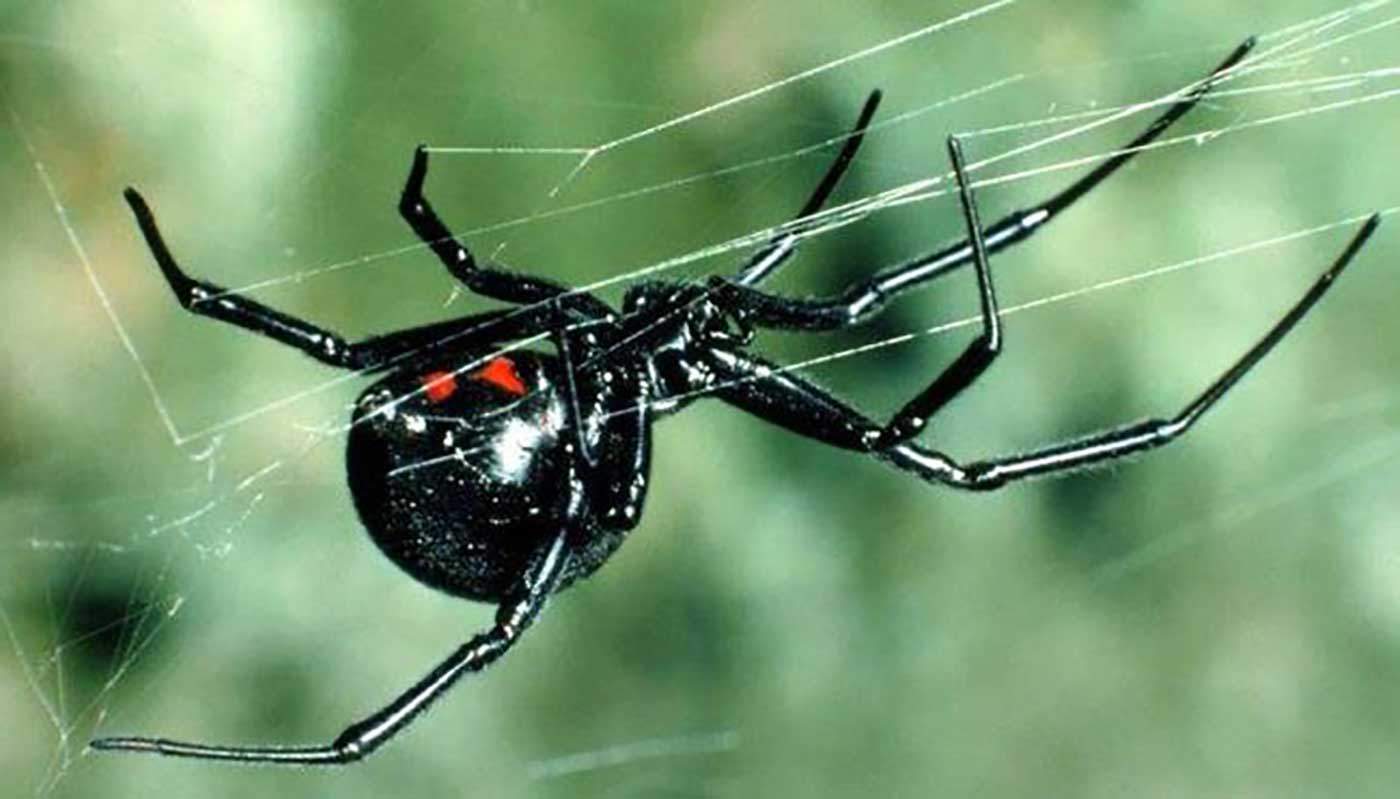Spiders inspire double-sided tape for surgery
MIT researchers manufacture adhesive tape for closing wounds ‘within seconds’

A team of scientists has reportedly crafted a double-sided sticky tape for closing wounds or incisions, inspired by secretions made by spiders.
Researchers at the Massachusetts Institute of Technology (MIT) created the tape – which can “pull together damp rat and pig tissues” within seconds – after taking inspiration from the glue-like adhesive used by spiders to catch their prey in rainy conditions.
After the successful tests, the scientists have expressed hope that this tape could “eventually be used in place of surgical sutures, which don’t work well in all tissues and can cause complications in some patients”, MIT News reports.
The Week
Escape your echo chamber. Get the facts behind the news, plus analysis from multiple perspectives.

Sign up for The Week's Free Newsletters
From our morning news briefing to a weekly Good News Newsletter, get the best of The Week delivered directly to your inbox.
From our morning news briefing to a weekly Good News Newsletter, get the best of The Week delivered directly to your inbox.
But the team were also keen to stress that they are still several years away from trials in humans.
How are surgeries done currently?
According to the team at MIT, there are more than 230 million major surgeries performed all around the world per year, with senior author of the study Dr Xuanhe Zhao adding that “many of them require sutures to close the wound”, says the Daily Mail.
However, the paper adds that stitches of this sort are not foolproof, and, as Dr Zhao says, “can actually cause stress on the tissues and can cause infections, pain, and scars”.
A free daily email with the biggest news stories of the day – and the best features from TheWeek.com
The alternative is medical glue, which has been used since the 1970s and was first used by the military.
Despite the fact that this takes only a few minutes to seal tissue, the Mail notes that “one of the main chemicals used in medical adhesive can be toxic to humans, causing pain and inflammation around the area where it is used”.
What is this new tape?
Dr Zhao explained this week how his team’s double-sided tape “needed to be able to rapidly join two wet surfaces together”, Sky News reports, adding that they “found that spiders offered the best inspiration with the sticky material in their webs used to capture prey when it’s been raining”.
This natural glue contains charged polysaccharides, “molecules which can absorb water from the surface of an insect almost instantaneously - creating a dry patch for the glue to stick to”, the broadcaster adds.
To mimic this glue, Zhao and his team used polyacrylic acid - the asborbent material found in children’s nappies - to manufacture an adhesive that sucks up water and forms weak hydrogen bonds with both tissues.
MIT News reports that these hydrogen bonds and other weak interactions “temporarily hold the tape and tissues in place while chemical groups called NHS esters, which the researchers embedded in the polyacrylic acid, form much stronger bonds, called covalent bonds, with proteins in the tissue”.
The entire process takes about five seconds.
“It works much faster than tissue glues, which usually take several minutes to bind tightly and can drip onto other parts of the body,” says MIT News.
Is this the future of surgery?
Study author Hyunwoo Yuk expressed excitement over the findings. “It’s very challenging to suture soft or fragile tissues such as the lung and trachea – but with our double-sided tape, within five seconds we can easily seal them,” he said.
He added that the tape could also be used to attach medical devices to vital organs “without causing damage or secondary complications from puncturing tissue”.
The researchers now plan to perform more tests on animals, the BBC reports, and have stated that more research is necessary before any form of human trial can begin.
Nevertheless, experts in the field appear to be optimistic. Yu Shrike Zhang, an assistant professor of medicine at Harvard Medical School who was not involved in the research, praised the team at MIT, stating: “I anticipate tremendous translational potential of this elegant approach into various clinical practices, as well as basic engineering applications, in particular in situations where surgical operations, such as suturing, are not straightforward.”
-
 A foodie guide to Edinburgh
A foodie guide to EdinburghThe Week Recommends Go all-out with a Michelin-starred meal or grab a casual bite in the Scottish capital
-
 Political cartoons for December 24
Political cartoons for December 24Cartoons Wednesday's political cartoons include Christmas in Greenland, grinchflation, and California floods
-
 Is there a Christmas truce in the Starmer farmer ding-dong?
Is there a Christmas truce in the Starmer farmer ding-dong?Today’s Big Question There’s an ‘early present’ for farmers but tensions between Labour and rural communities remain